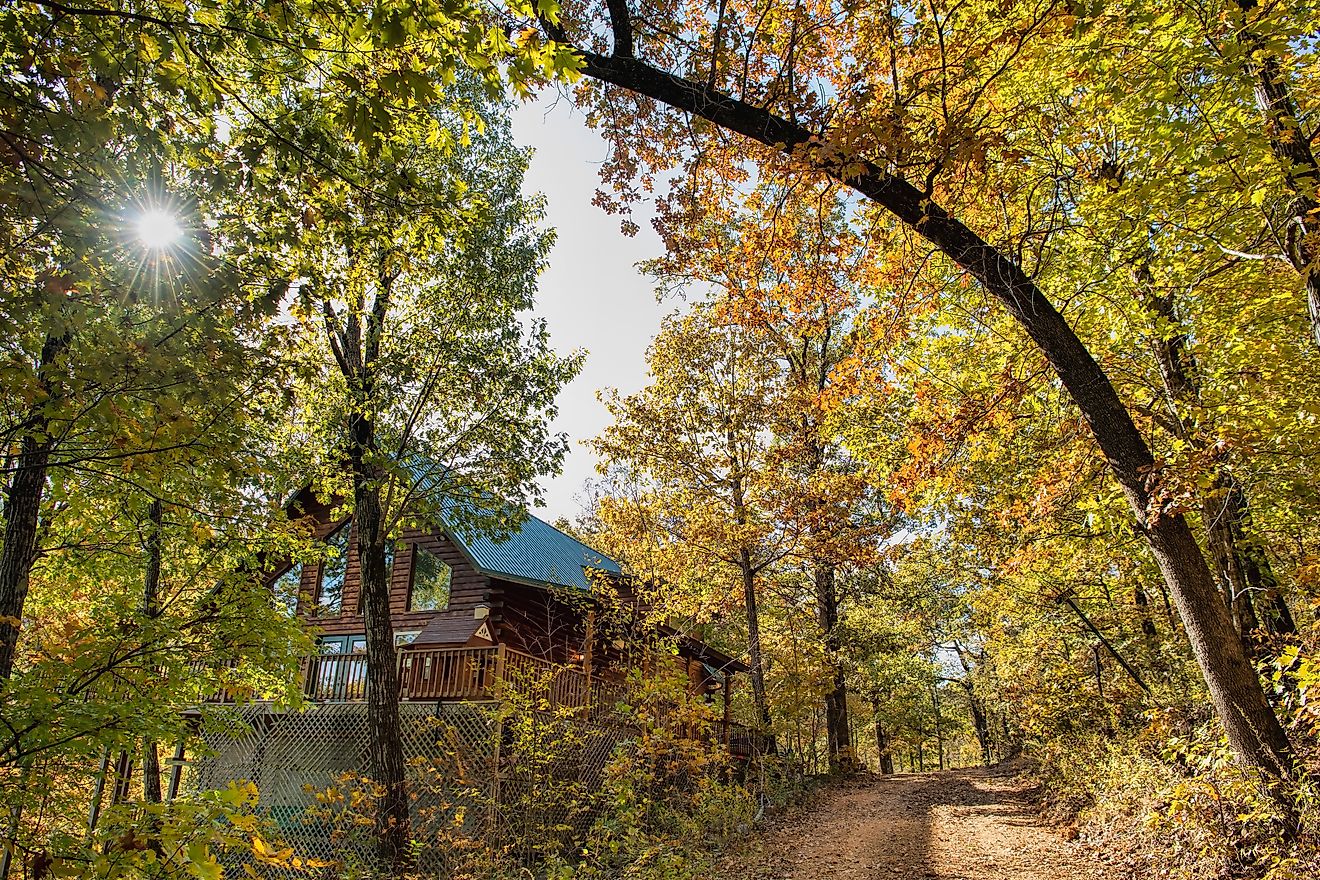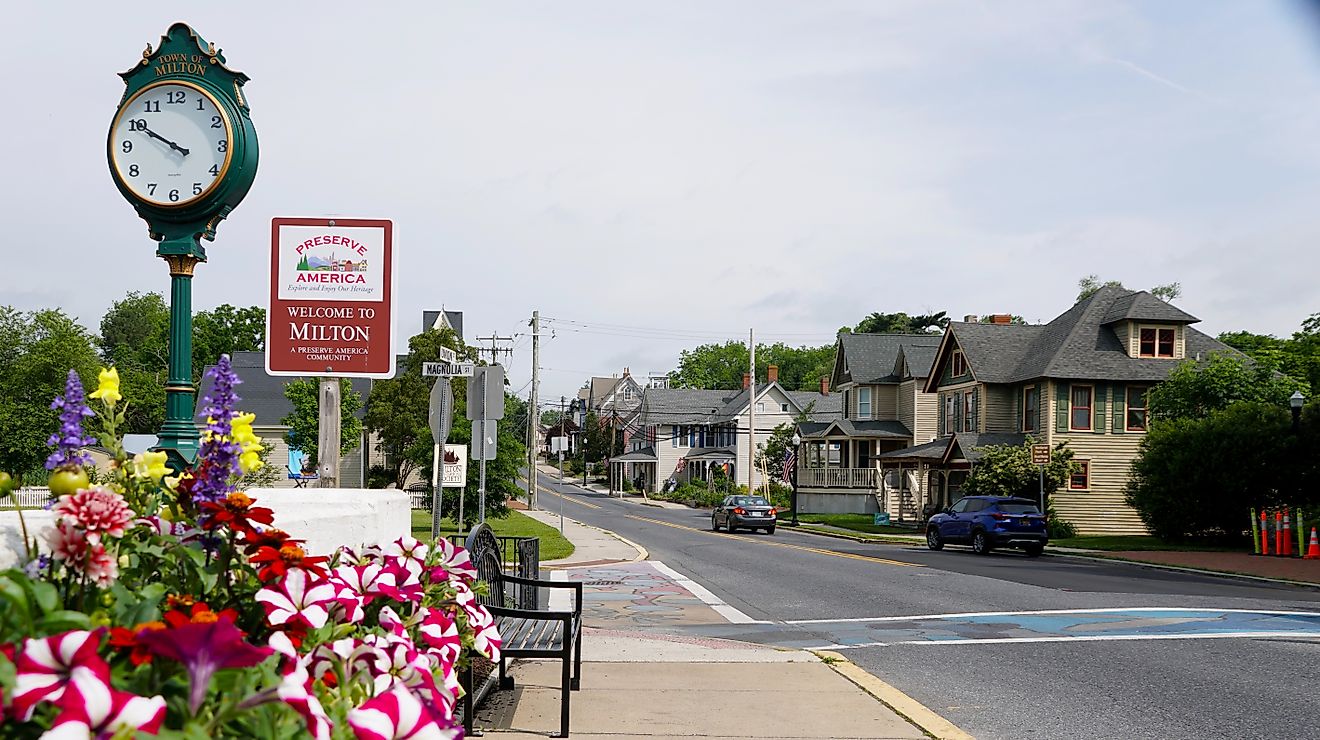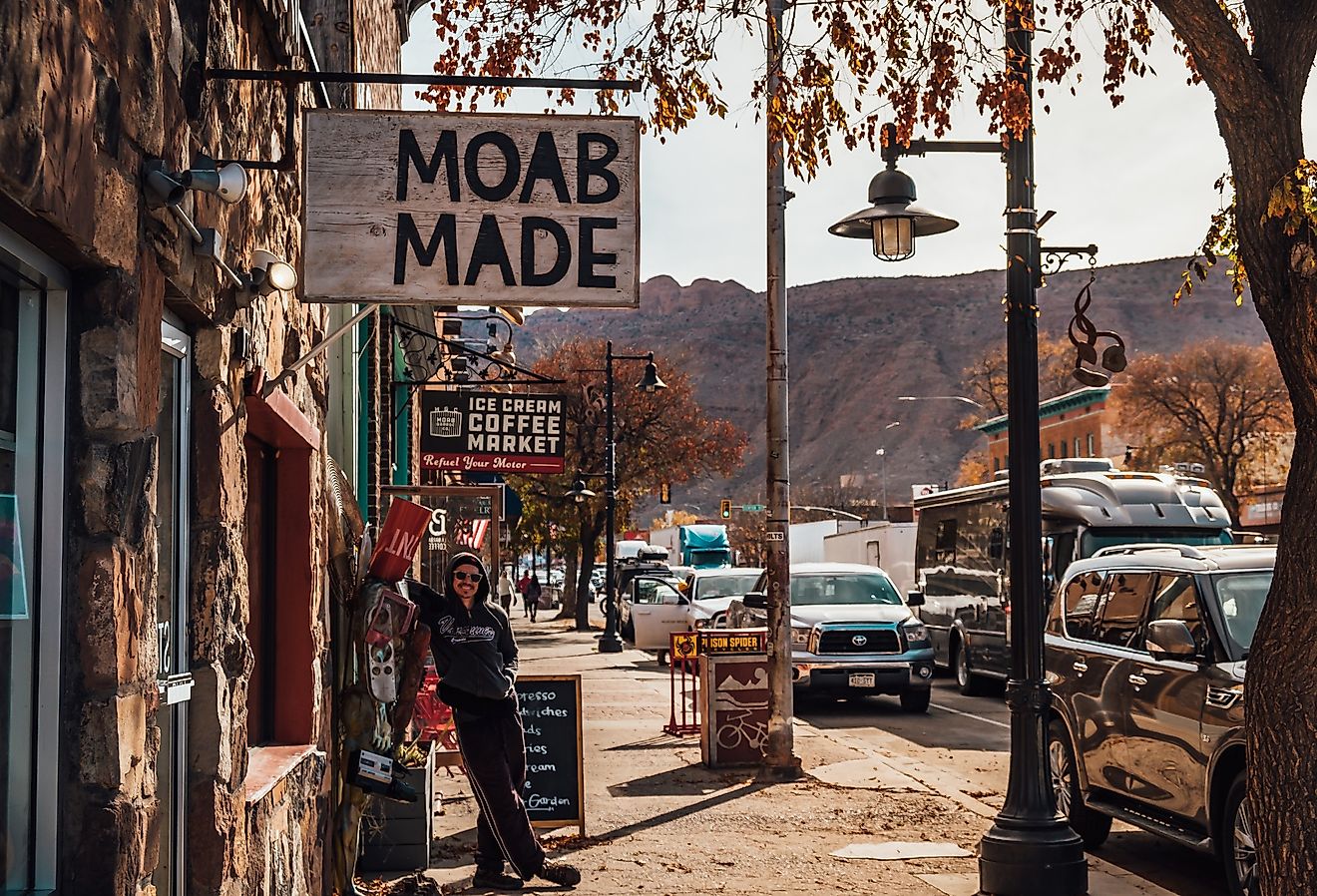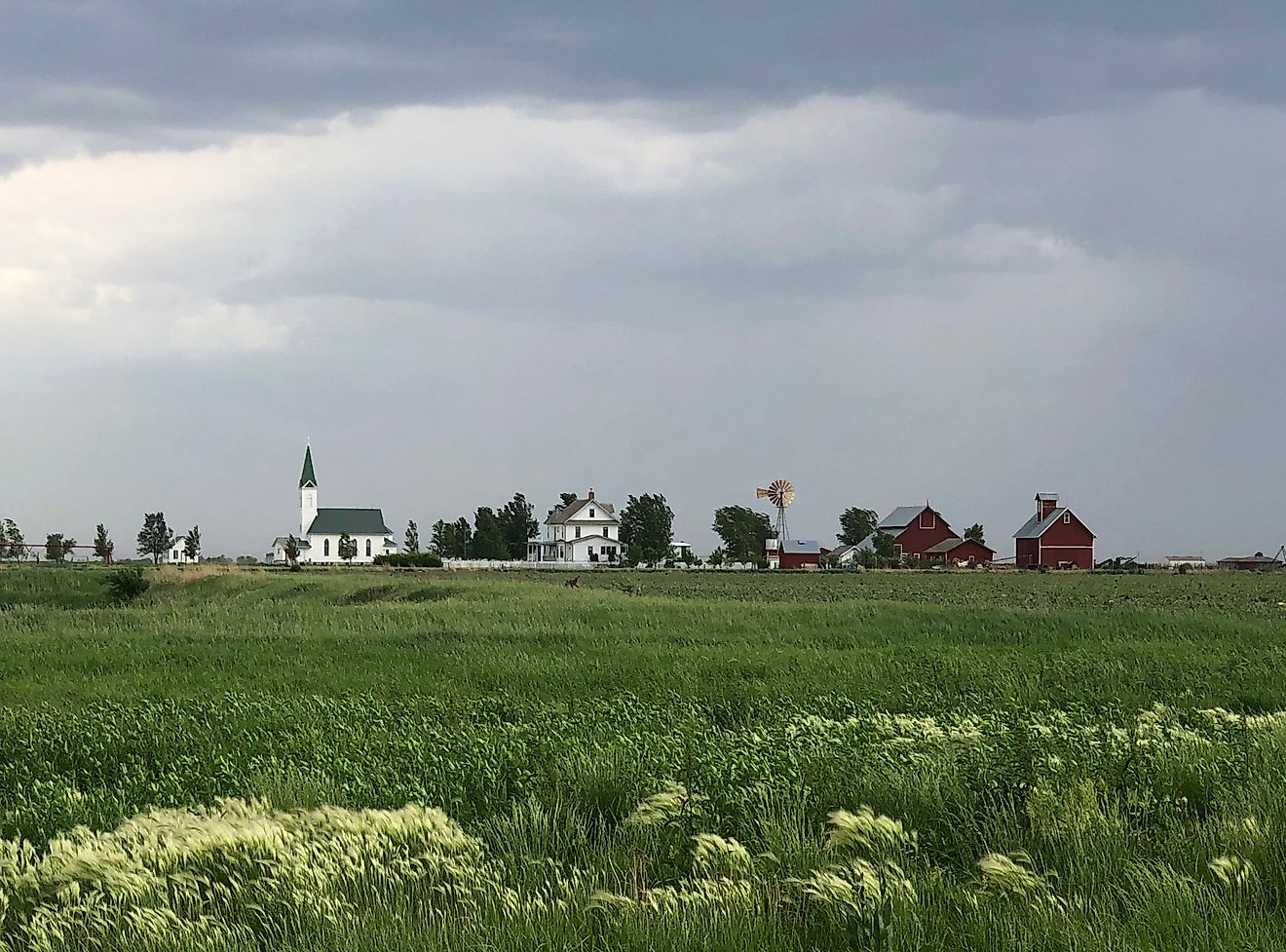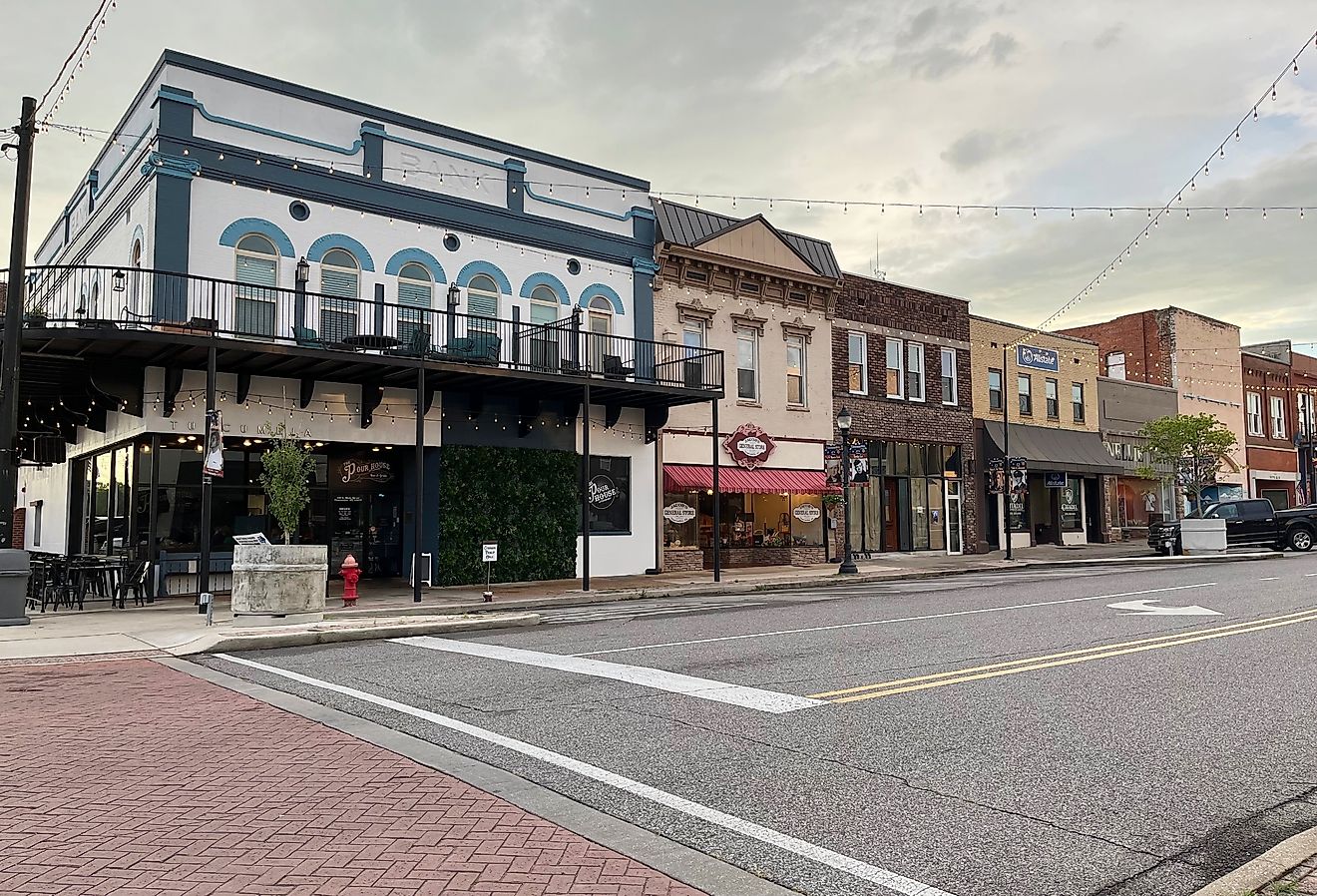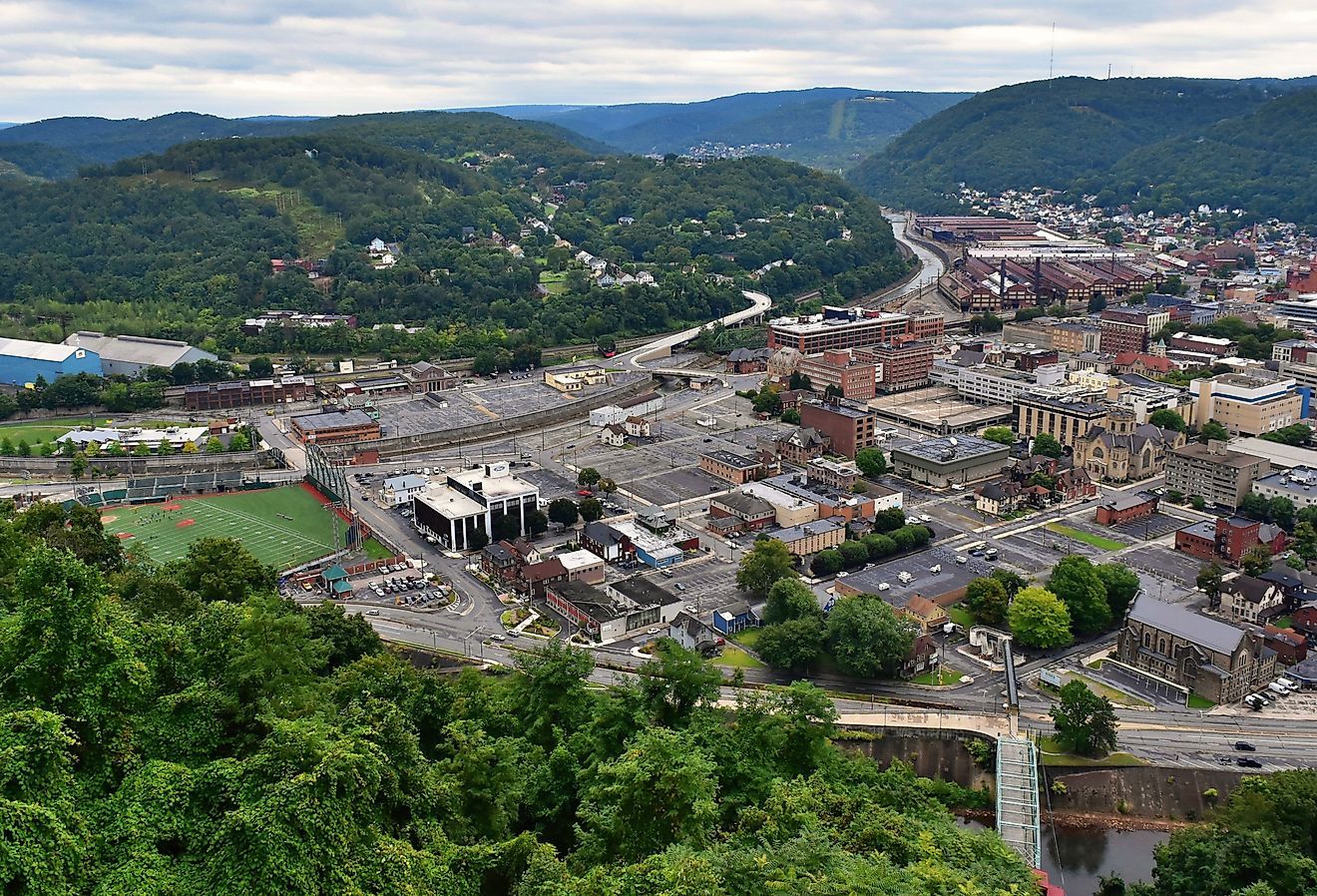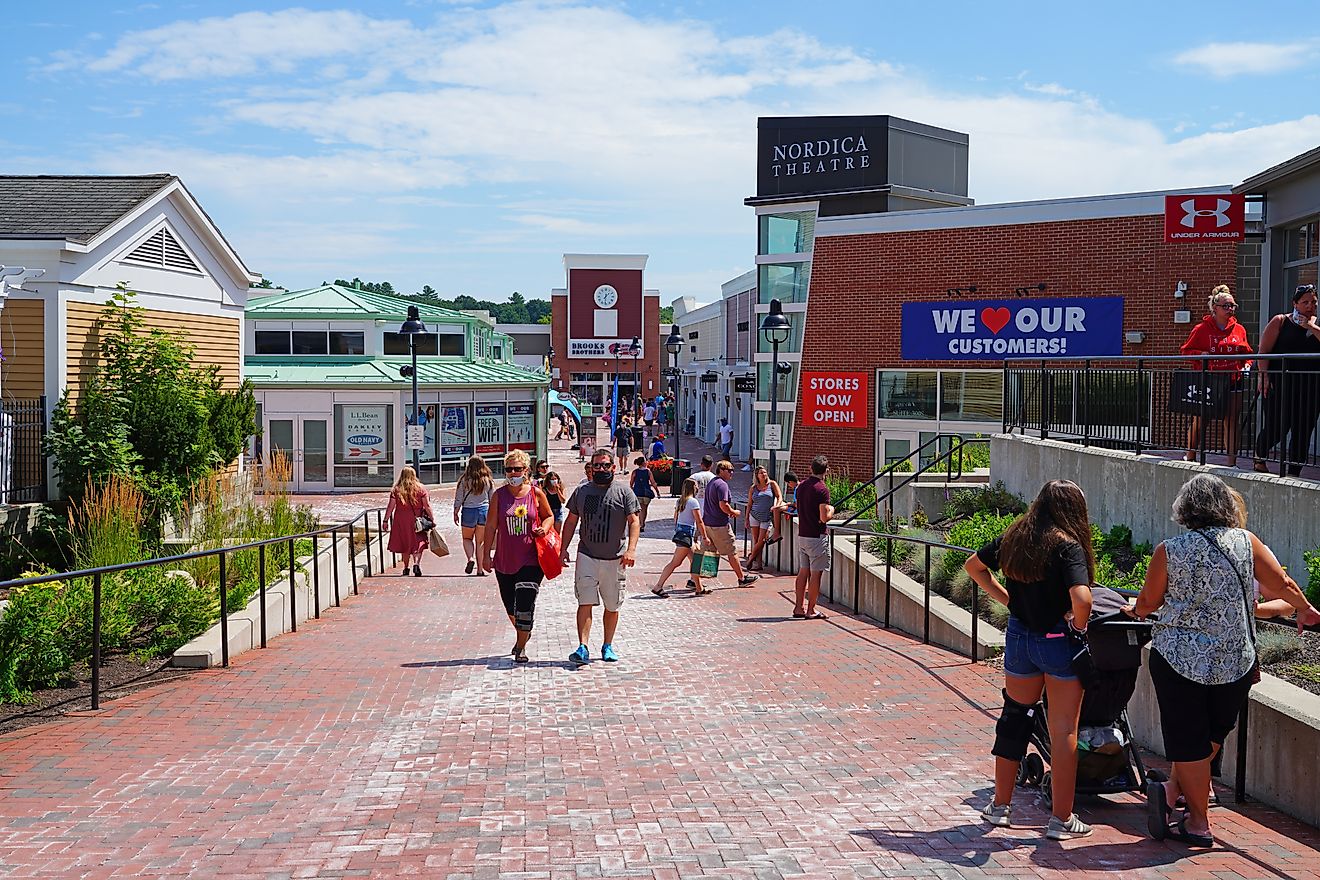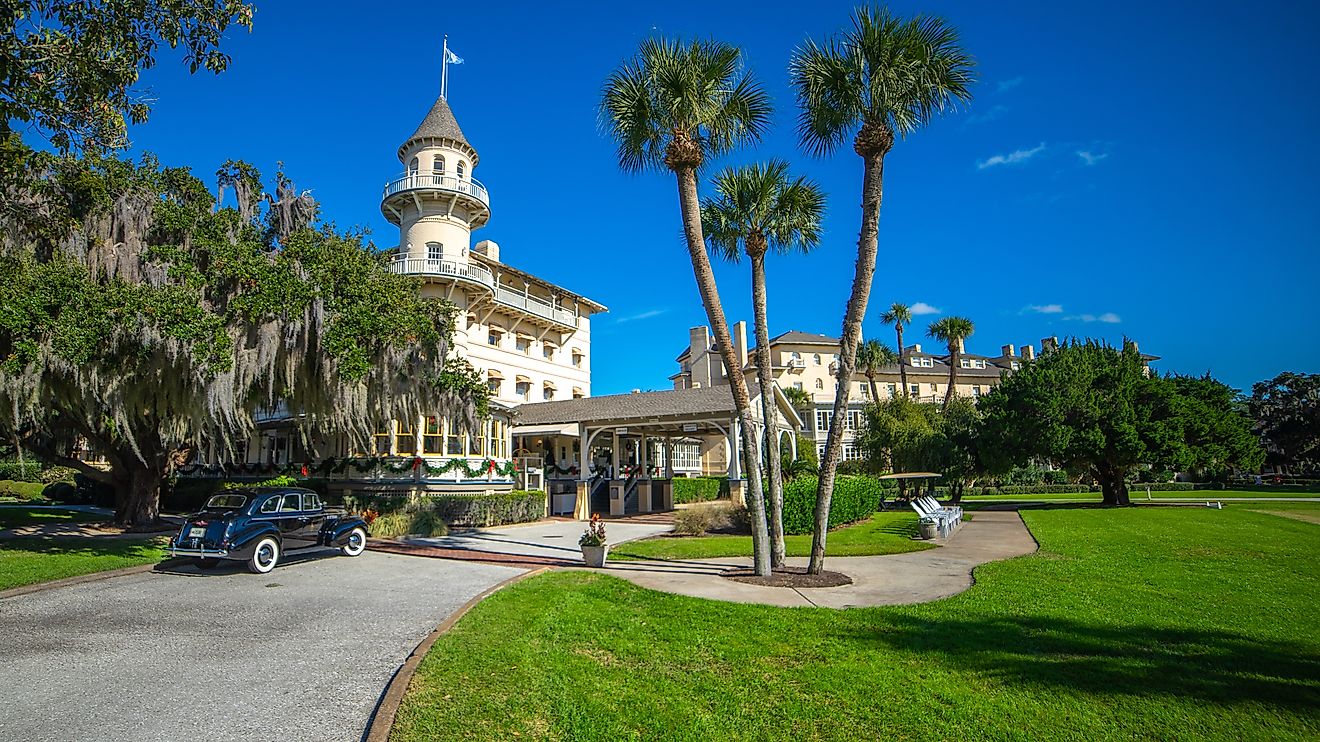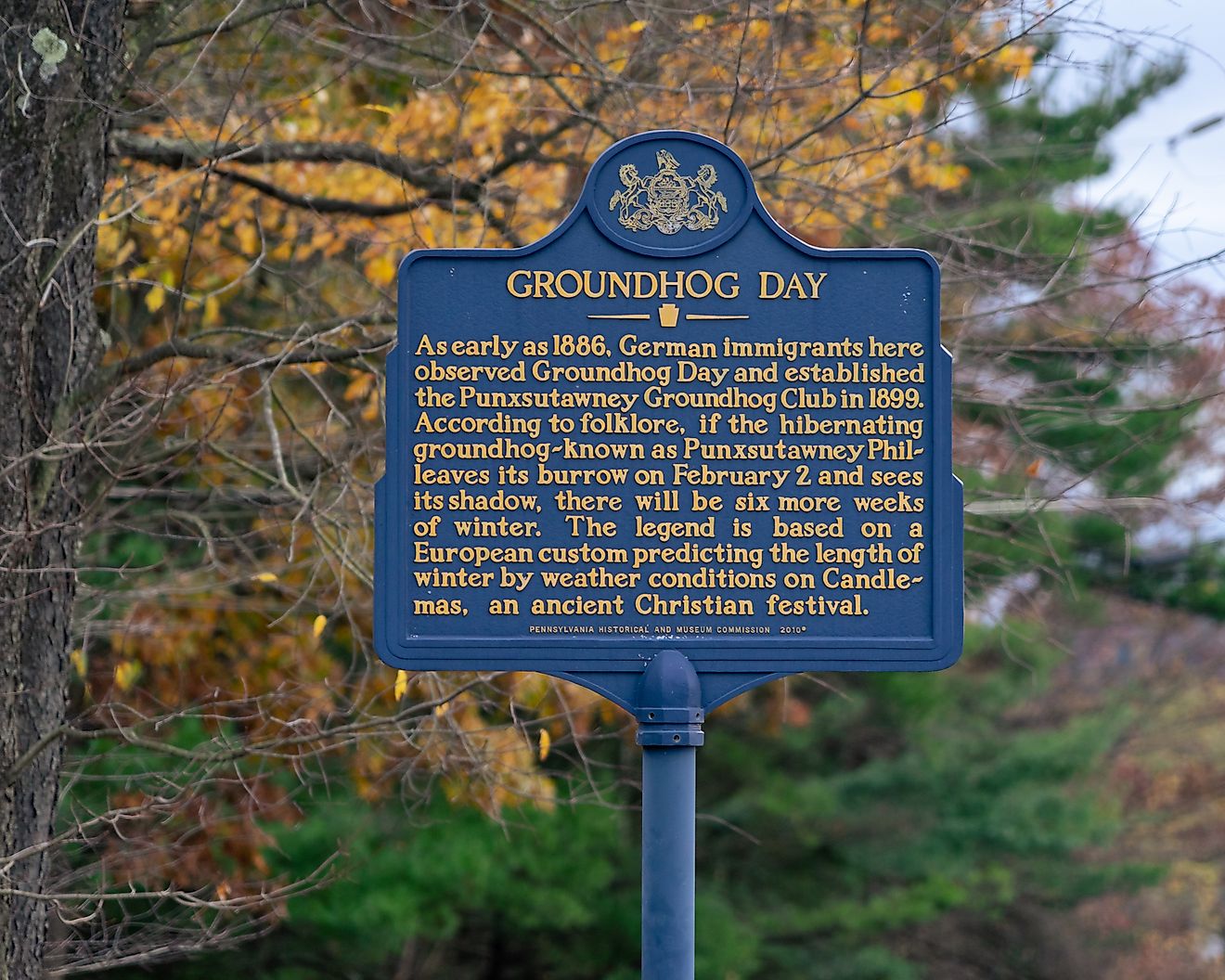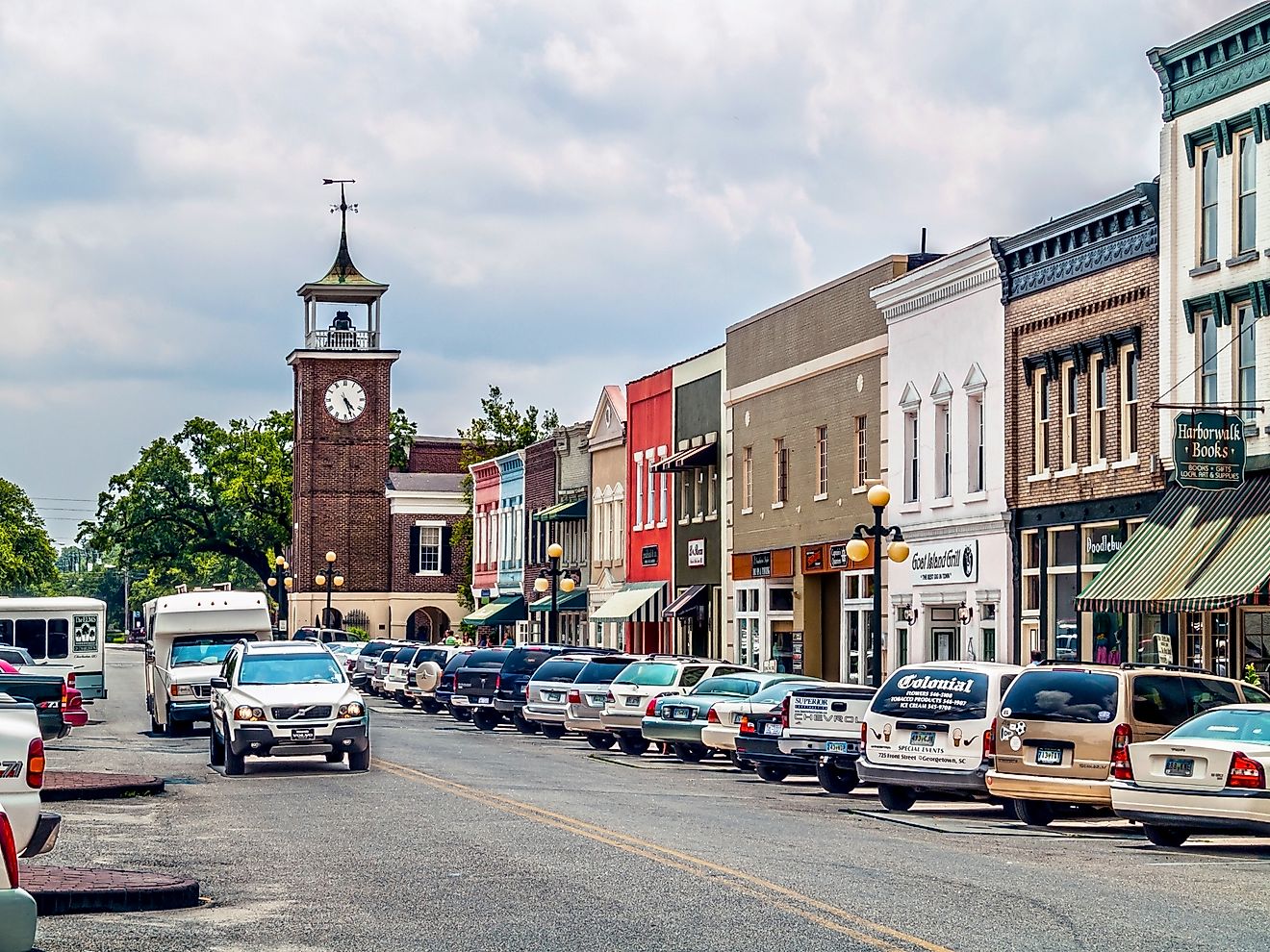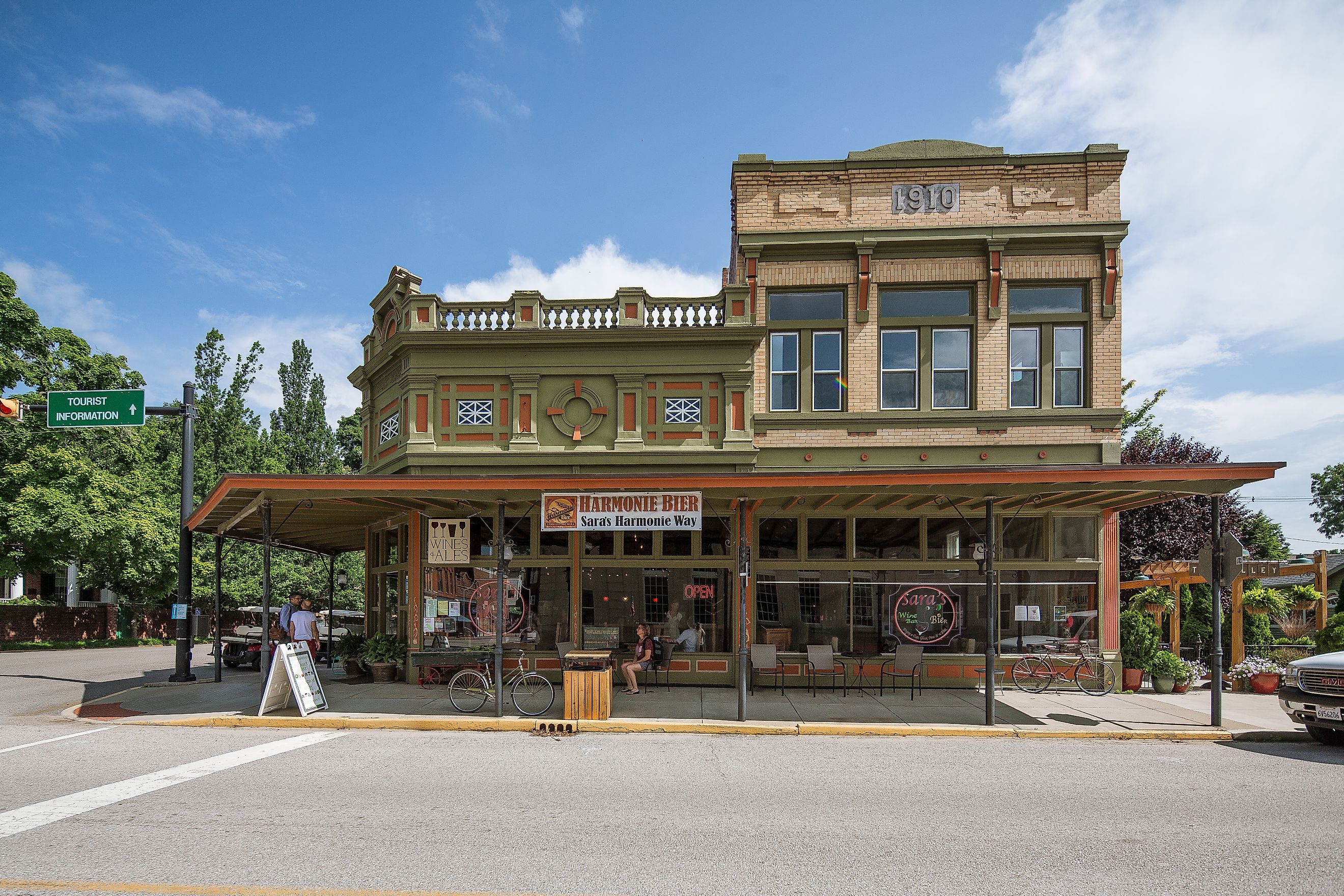
These Small Towns in Indiana Have the Best Historic Districts
The midwestern state of Indiana extends from the Lake Michigan coastline in the north to the rolling waters of the Ohio River in the south, while its bustling capital, Indianapolis, sits in the middle. The “Hoosier State” has a large agricultural sector, but it also sustains several commercial and industrial hubs, all of which benefit from Indiana’s central location. Aside from its handful of cities, Indiana is mostly a state of small towns, many of which maintain a historic charm and beauty that stretches back into the 1800s. Check out our list of seven Indiana towns with exceptional historic districts that are great for walking tours.
Paoli

Indiana’s mostly flat landscape is not conducive to downhill skiing, so it should be no surprise that the state only has two ski resorts. One of those is Paoli Peaks, located near the town of Paoli in the south central part of the state. This town of about 3,500 is an attraction in its own right, though, with a lovely town square and stately county courthouse anchoring its downtown area. There is also important history tied to this lovely town: Paoli was founded by Quakers who strongly opposed the institution of slavery, so it has historic structures and markers connected to the Underground Railroad that helped enslaved people escape to freedom in Canada.
New Harmony
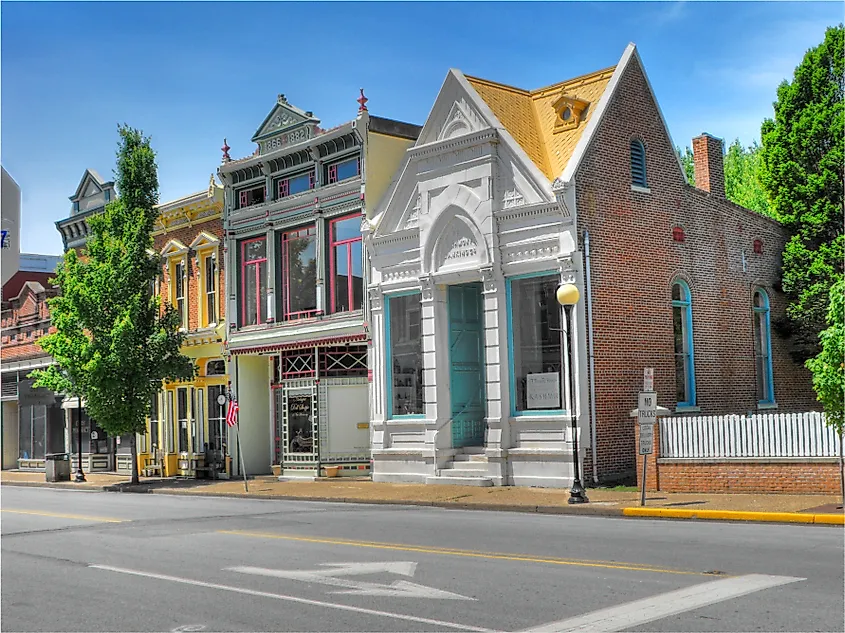
Something about the beautiful location of New Harmony, in southwest Indiana along the Wabash River, made early settlers believe a utopian society could be established there. First came the Harmonists, Lutherans from Pennsylvania, in 1814. The Harmonists were followed by the Owenists, led by George Owen, who attempted their utopian experiment from 1825 to 1826. While neither community thrived long-term, the New Harmony Historic District preserves many of the historic homes and structures from this utopian era. Start your walking tour of this town of 750 residents at the stately Atheneum building, which serves as the New Harmony Visitors Center. While walking through town, be sure to take in the picturesque natural scenery along the Wabash River.
Metamora
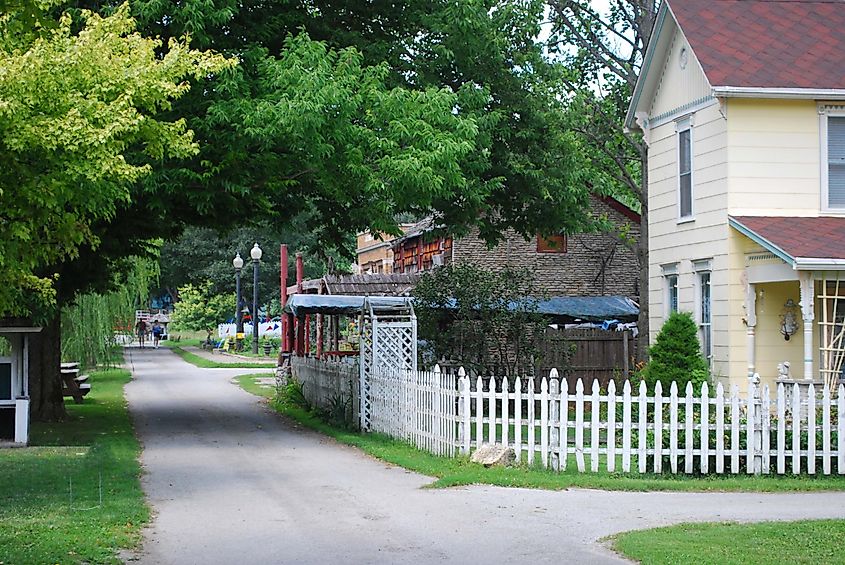
The tiny village of Metamora has only about 200 residents, but this southeastern Indiana community packs a lot of history into a small space! Metamora was founded as a stop along the Whitewater Canal, a 76-mile long connector between the Ohio River and White River that thrived in the 1830s and 1840s until railroads made the canal obsolete. Metamora’s economic importance quickly declined, but its historic character fortunately remained nearly frozen in time. Visiting Metamora is like walking back in time over 150 years into the past. Highlights include exploring the still-functional gristmill, taking a train ride along the scenic railway, and traveling along the remaining section of the old canal.
Madison
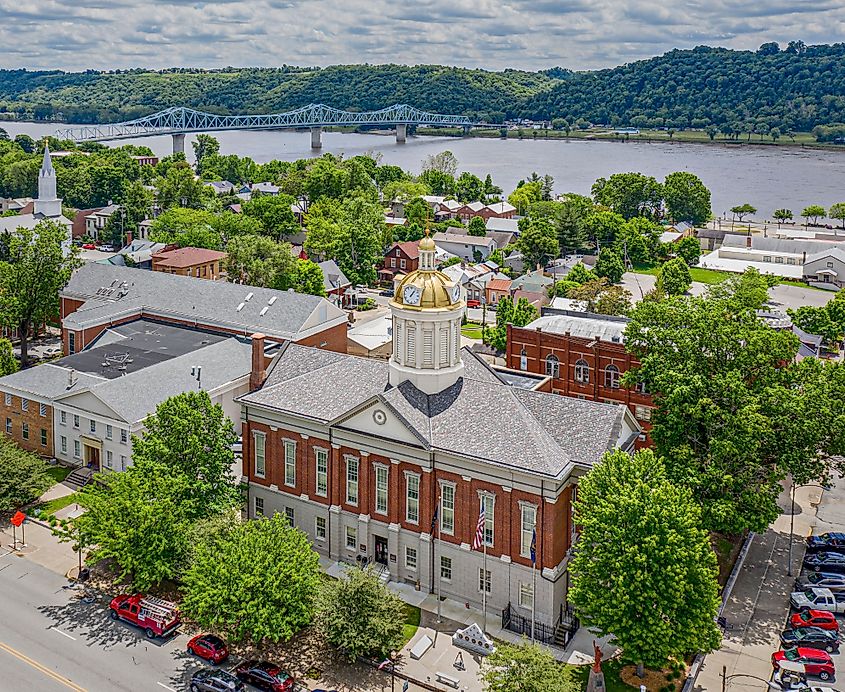
While many small towns in Indiana are surrounded by farmland, the town of Madison sits along the Ohio River between the merging metro areas of the cities of Cincinnati, Ohio (70 miles away) and Louisville, Kentucky (50 miles away). Madison’s population shot up to around 12,000 with the arrival of urban sprawl in the mid twentieth century, but has remained fairly steady since then, allowing the town to retain its historic look and feel. Before about 1860, Madison rivaled Cincinnati and Louisville in prominence, as evidenced by the many grand buildings included in the Madison Historic District. This district, which is a National Historic Landmark, includes highlights like the 1817 Schofield House and 1844 Lanier Mansion.
French Lick
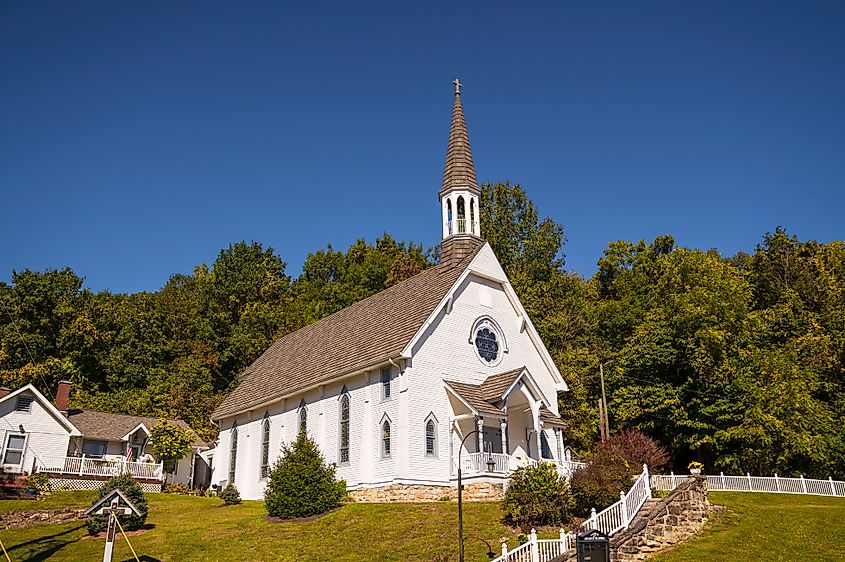
While the little southeastern Indiana town of French Lick gained recognition in recent decades as the hometown of basketball legend Larry Bird, it has historically been famous as a health resort town centered around the area’s mineral springs. With only about 1,800 residents, French Lick’s skyline has been dominated since 1897 by the sprawling French Lick Resort and Casino. Even if you are not a fan of golf, gambling, or spa treatments, the resort includes several grand architectural highlights that are well worth seeing. Walk through town about 1 mile to the West Baden Springs Hotel (now also part of French Lick Resort) to see the amazing 200 foot dome covering its 1902 atrium.
Corydon
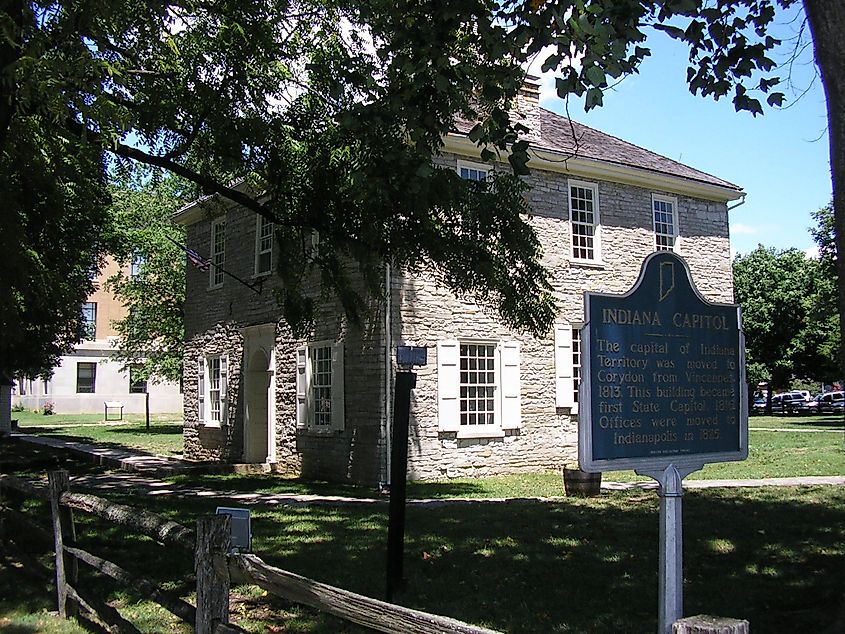
Corydon, a small southern Indiana town of about 3,000 residents, appears pretty unassuming from a distance. However, a walk through Corydon reveals a wealth of historic connections. Corydon was in fact Indiana’s first state capital, and you can tour the Old Capitol Building, Governor’s Mansion, and other 1820s era structures in the downtown area. A few decades after the state capital moved elsewhere in 1825, Corydon was the setting for the only Civil War battle in Indiana, which is commemorated at the Battle of Corydon Memorial Park. After exploring Corydon’s historic districts, go just outside of town to check out Indiana Caverns, the largest cave system in the state, and its adjacent adventure park.
Angola
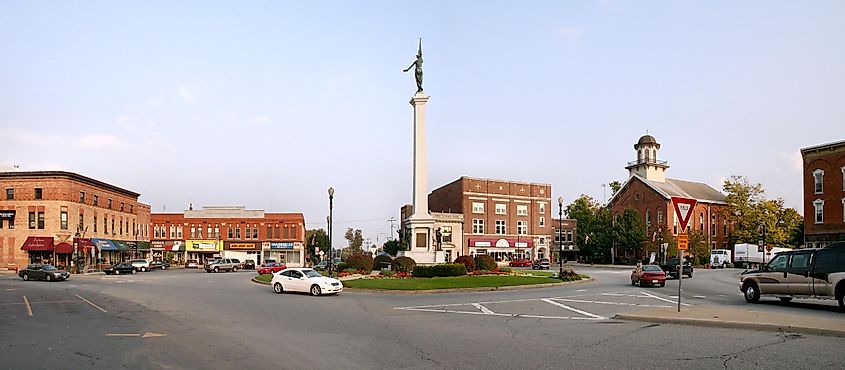
The northeastern Indiana town of Angola, named by early settlers from the town of the same name in New York, has perhaps the most picturesque town square in the entire Hoosier State. Historic structures, including the stately county courthouse, surround the square and face its central highlight, the 67-foot tall Steuben County Soldiers Monument that has stood sentinel over Angola since 1917. Nearby, the Angola Commercial Historic District includes several structures from the mid-to-late 1800s, many of which house businesses—especially antique shops—that serve this town of around 9,000 residents. When you are done exploring the town and want to get in touch with nature, head to the nearby Pokagon State Park, situated along Lake James.
One of Indiana’s nicknames is “The Crossroads of America,” which denotes its central location and numerous interstate highways. But, this nickname can leave the impression that Indiana is a place to pass through on your way to somewhere else. Avoid this mistake! Instead, make the Hoosier State your destination and explore the many fantastic small towns that dot its landscape. Before long, you will be adding towns to your own list of must-see historic districts in Indiana.
